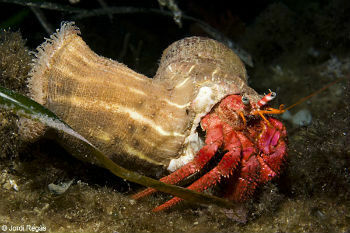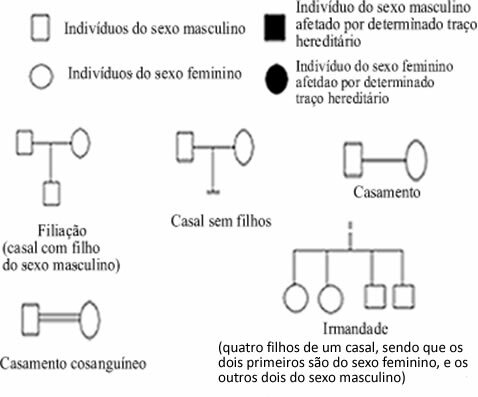Mutualism is a harmonic and interspecific ecological relationship that can occur on a mandatory or optional basis.
The term mutualism derives from the Latin “mutate”, which means “to change, change places, change”.
It has the character of food, protection or transport, in which both species involved are favored.
It is common for each species to play a specific role.
Types and Examples
Mutualism is classified as mandatory or optional.
mandatory mutualism
Obligatory mutualism or symbiosis involves an obligatory dependence between species in such a way that one would not live without the other.
An example of mandatory mutualism is the lichen, an association between algae and fungi.
While algae carry out photosynthesis, fungi ensure the necessary moisture and protection.

Another example is the mycorrhizae, an association between fungi and plant roots. Fungi increase the absorption capacity of substances by the roots, in return they provide food for the fungus.
optional mutualism
Optional mutualism or protocooperation consists of two species that benefit from harmonic interaction.
However, they continue to live independently of each other and can be separated at any time, as there is no type of dependency.
An example of facultative mutualism is that which occurs between sea anemones and hermit crab.

Anemones provide protection to the soft body of the hermit crab. In return, he transports the anemone under his shell to other locations.
Categories
Mutualism can also be divided into three general categories: trophic, defensive and dispersive.
Trophic Mutualism
In trophic mutualism, each of the species involved will provide the necessary nutrients to the other.
Normally, each individual in this relationship is very specialized and cannot synthesize the nutrients they need.
For example, bacteria of the genus Rhizobium they are able to extract nitrogen from the soil and nourish the roots of certain plants. In return, the roots provide the bacteria with carbohydrates.
defensive mutualism
In defensive mutualism, one of the species receives food and in return offers protection against predators or parasites of the other associated species.
One example occurs with ants that defend aphid herds from their predators in exchange for the nectar produced by them.
Ants also do the same with some plants, protecting them from herbivores in exchange for food.
dispersive mutualism
In dispersive mutualism, insects, mammals and birds will relate to plants in order to obtain food such as nectar and fruits. In return, they disperse the pollen and seeds, spreading them over long distances.
In the case of pollinators, they look for nectar from flowers as a source of water and carbohydrates.
However, this example may involve very specific relationships, such as those of plants that can only be reached by birds with long beaks, such as hummingbirds.
Learn more about Ecological Relations.

